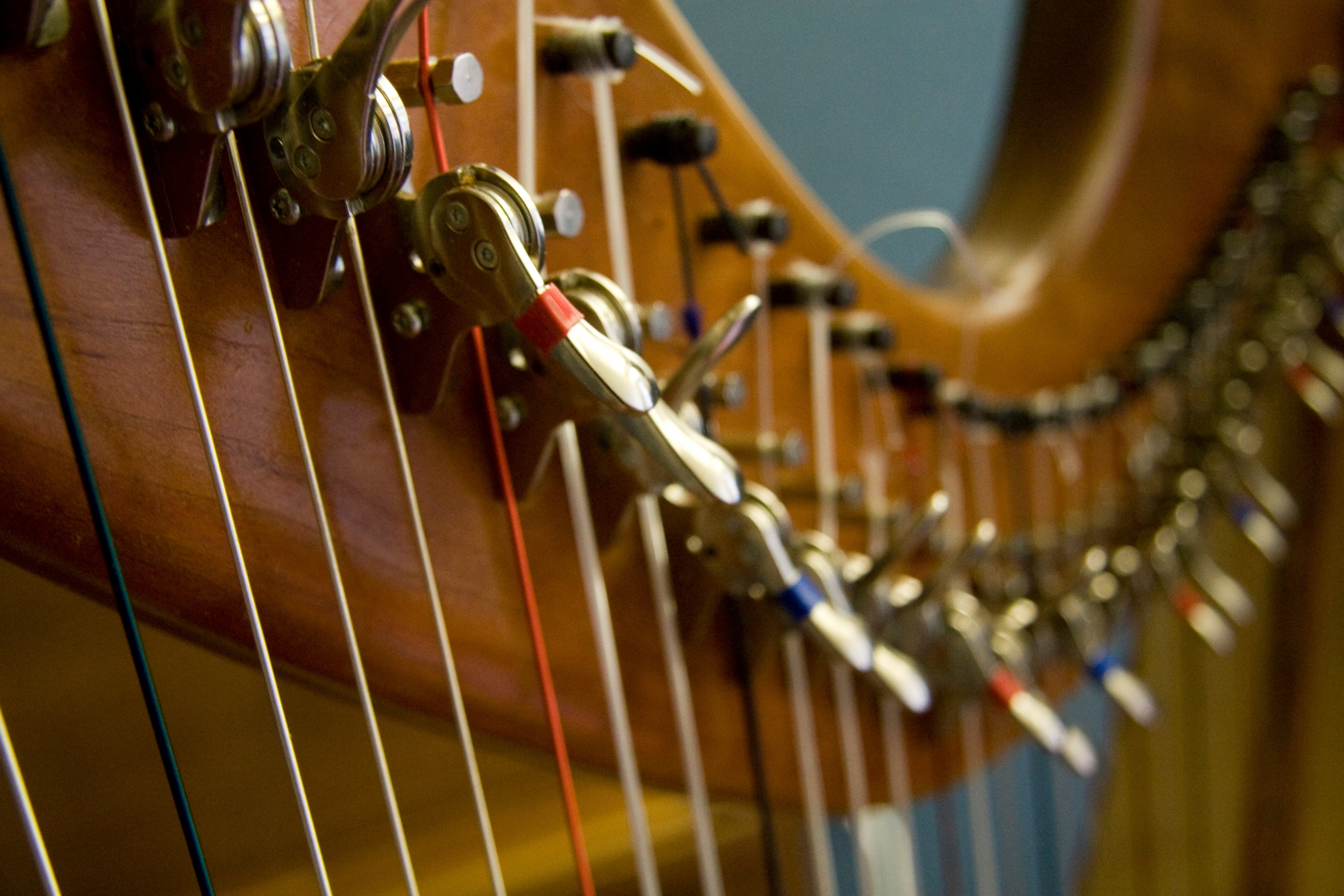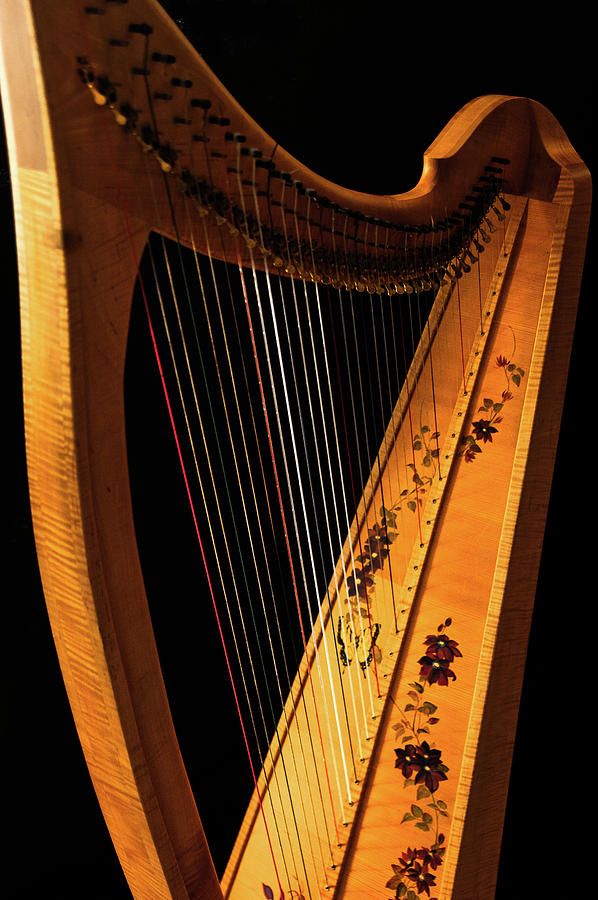

With the decline of the Roman Empire, music seemed to have died out and there are very few historical references for a half millenium. The Greeks are also credited with inventing the Aeolian harp, a harp played by the wind.Īncient Rome did not seem to place as high an importance on music compared to other ancient civilizations. By the 6th century BC, Pythagorus discovered numerical ratios corresponding to intervals of the musical scale. The development of the lyre harp in Greece also coincided with the development of mathematical musical scales.

Some of the oldest carvings of harps were discovered in Phoenicia with marble harp statuettes found dating back to 3,000 - 2,300 BC. Vertical harps with 2 arms also known as lyre harps or "lyres" also began appearing in ancient Sumaria by 2800 BC. It was played "upside down" from its present playing orientation, with the tuning pegs on the bottom. The angle harp differs from what we call the harp today in that it lacked the front-piece, column or pillar. The angle harp represents the next step in history towards the modern harp. These harps were angled harps with 12 to 15 strings and similar to the bowed instruments played in Egypt about the same time. One of the earliest illustrations of a harp was on a vase found in a Babylonian temple. Harps were very popular in ancient Assyria and Mesopotamia. In the New Kingdom, harps measured up to 2 metres (6.5 feet) in height with 19 strings and were played seated or standing up.

The Egyptian Pharaoh Ramses III (1198-1166 BC) had many bow harps painted in his tomb. These hieroglyphs show that there were many harps in ancient Egypt. Many believe that the earliest harps came from the sound of the hunter's bow. In Egypt, some of the earliest images of bow harps are from the Pharaoh's tombs dating some 5,000 years ago. One of the earliest musical instrument discoveries showed a harp-like instrument on rock paintings dating back to 15,000 BC in France. No one really knows where the harp originated and we will never know what harp music sounded like in the pre-historical era. Brass wire strung harps continue in the Gaelic tradition. Most folk harps are strung with a combination of nylon, metal, gut and/or synthetic gut (carbon fibre) strings. Scottish records of the 15th and 16th centuries show that both the terms "harp" and "clarsach" were in use at the same time, and seem to indicate that there was a distinction between the gut-strung European-style harps and wire-strung Gaelic clarsachs. Today, we know the Gaelic harps as the Irish, Celtic, Folk, Scottish Clarsach or the modern lever harp. A later word used in Scotland and Ireland for the "Celtic" harp was clarsach or cláirseach. The earliest Gaelic term for a wire-strung instrument was "cruit" was applied specifically to the harp by 1200. By the 13th century the term was being applied specifically to the triangular harp as opposed to the lyre harp. The word "harpa" or "harp" comes from Anglo-Saxon, Old German, and Old Norse words meaning "to pluck". The harp is the oldest known stringed instrument.


 0 kommentar(er)
0 kommentar(er)
